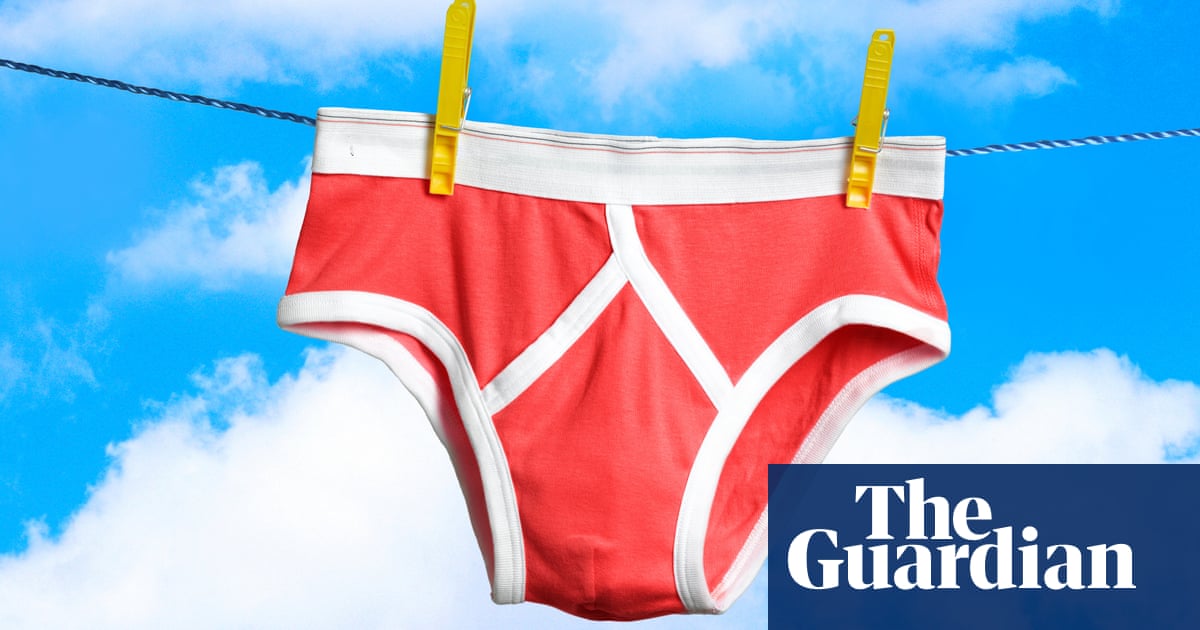
Once you have decided it’s OK to wear an item of vintage clothing, there are a few things worth keeping in mind that can help extend the garment’s life.
Given that all wear might damage the item, a risk-averse mindset is a good approach.
This means considering everything from how you style your antique piece to thinkinig about what you’ll be doing while wearing it: drinking on a crowded dancefloor? Sitting in the garden at a child’s birthday party?
There are also a few things you can do ahead of time and in between wears to prepare your vintage pieces for wear in the modern world.
Call for reinforcements
Before you wear any vintage piece, give it a thorough once-over. Deborah Miller, an expert appraiser of clothing and fashion, says to make sure all the seams are sturdy and the buttons are not falling off. “It can be beyond difficult to match an antique button, sometimes impossible,” she says, so it’s best not to lose the ones you have.
According to the fashion historian Eleanor Keene, it’s possible the thread in a garment has broken in places because it was made of cotton and has aged. To ensure this doesn’t happen again, she suggests resewing any loose buttons or seams with polyester instead. This may be something you should enlist a professional tailor to do.
“I once had a vintage skirt I loved wearing [but] the seams kept splitting,” she says. “So I carefully unpicked the key seams and resewed them with a modern thread.”
Beware of loose beading
Garments with lots of beading should also be approached with a shrewd eye. Bella Lipson-Smith, a conservator of textiles at the National Gallery of Victoria, says: “Check for loose threads on beading before wearing – beads are often sewn on in lines, so one loose thread can lead to the loss of a whole section of beading.”
She says it is also important to inspect the fabric underneath heavy embellishments. If it is aged and fragile, the weight of the beads or embellishments could cause its backing to tear.
“1920s flapper dresses are often made of unlined silk chiffon with lots of rhinestones or beading on them,” Miller says. “They are doomed from the start; it is the rare flapper dress that does not have shoulder straps which are torn from the weight of the embellishments and the active partying [it] may have lived through.”
One way of resolving this is to take the garment to a professional to have the beads sewn on to a whole new lining and the straps replaced with something more durable.
Sign up for the fun stuff with our rundown of must-reads, pop culture and tips for the weekend, every Saturday morning
Leave age spots to experts
“The little brown spots that appear are known as ‘foxing’,” says Keene. In spite of their cute name, they can be a hazard. “On delicate fabrics [they] are very difficult to remove,” she says. “Remember many older-coloured fabrics aren’t always colourfast and may run or discolour with cleaning.”
Lipson-Smith warns against trying to remove age spots yourself. She says it requires research, testing and chemicals which can cause irreversible damage if not used correctly. “Textile conservators are trained to minimise these risks and we would advise there is little that can be done safely by an untrained person.”
Wear it gently
Miller says it’s important when wearing vintage to “manage your expectations about wearing it: less frequently, less aggressively”.
For instance, she says pockets in antique garments should not be used for anything heavier than a hankie. “Don’t stuff your hands or your iPhone in them. It could distort or pull the surrounding material unnecessarily.”
“Think about ways to protect the garment from your sweat, natural body oils and makeup, like wearing a separate washable garment underneath,” Lipson-Smith says. “You can get removeable sweat pads to put into the garment’s underarms.”
Consider whether the dress or blouse needs to go over your head and whether you’ll do your makeup before or afterwards. If it’s before, use a face scarf to help protect the garment from makeup stains.
Make sure your hands are clean before you go to put something on. “Wash your hands and use common sense,” she says. Then take off your rings and any other jewellery to make sure it doesn’t snag on lace, beading or embellishments. “Forget the necklaces and bracelets. Don’t carry a purse with a clasp that could catch on your clothes.”
Similarly, Lipson-Smith suggests avoiding layers of clothing or crossbody bags on top of garments that have fragile surfaces, as these might rub and crush the garment.
Pick your moment
Because washing vintage garments can be so complicated, consider what you’re doing in the garment and the risks involved. Will you be doing something that gets you hot and bothered such as dancing or sitting in the sun? Is it possible someone could spill a drink on you?
Pay attention to your surrounding environment too. “Many old pieces can fade in direct sunlight,” Keene says. Similarly, be mindful of where you sit or lean, as rough surfaces or outdoor settings can damage clothes by rubbing or catching them.
“Baby shower or 30th birthday bash? Are you throwing the party and doing the heavy lifting/clearing/cooking; or are you a guest?” asks Miller.
When you’ve got an occasion that calls for little more than standing around, there is one big upside to an antique get-up, Miller says: “You do not have to worry about … someone showing up in the same outfit.”












